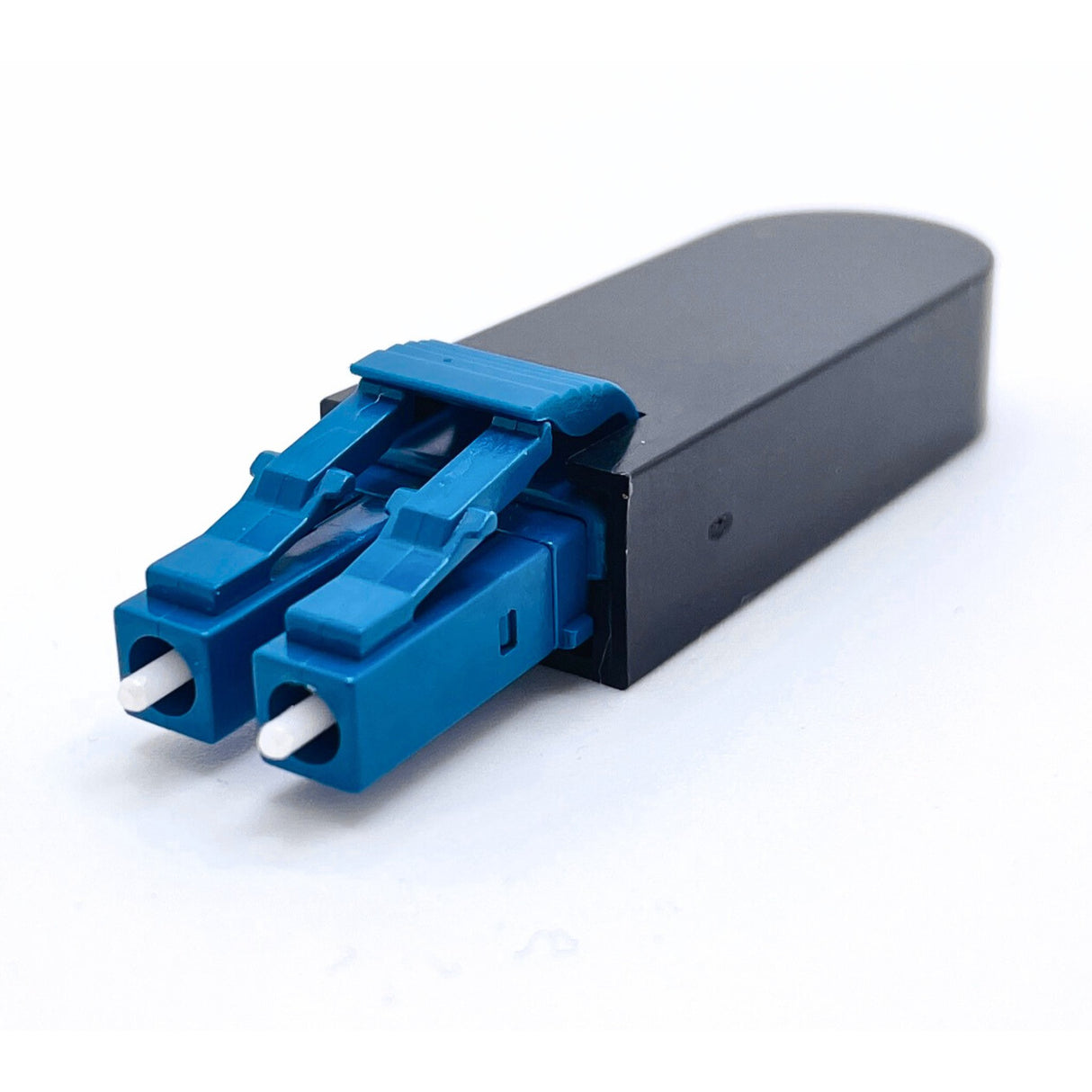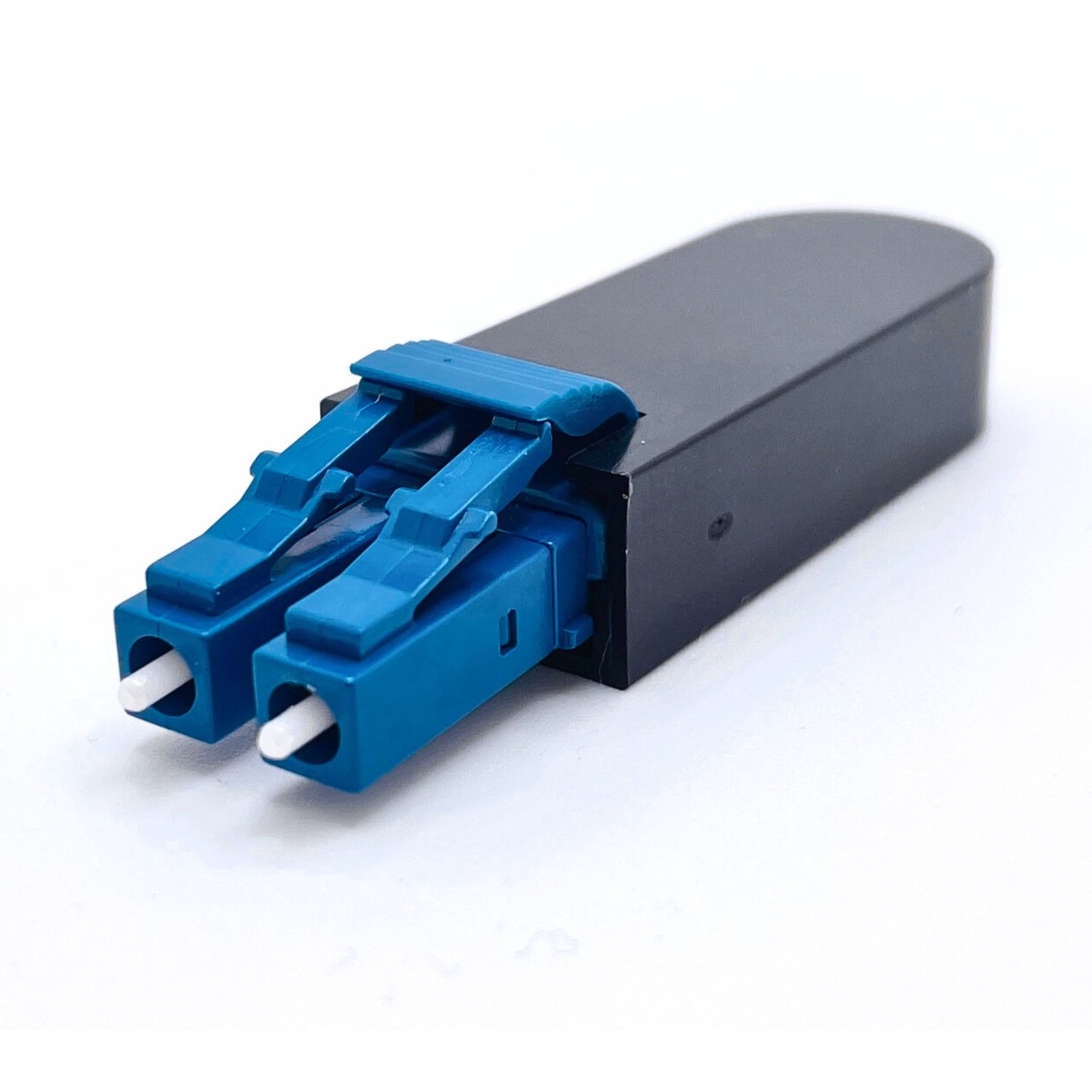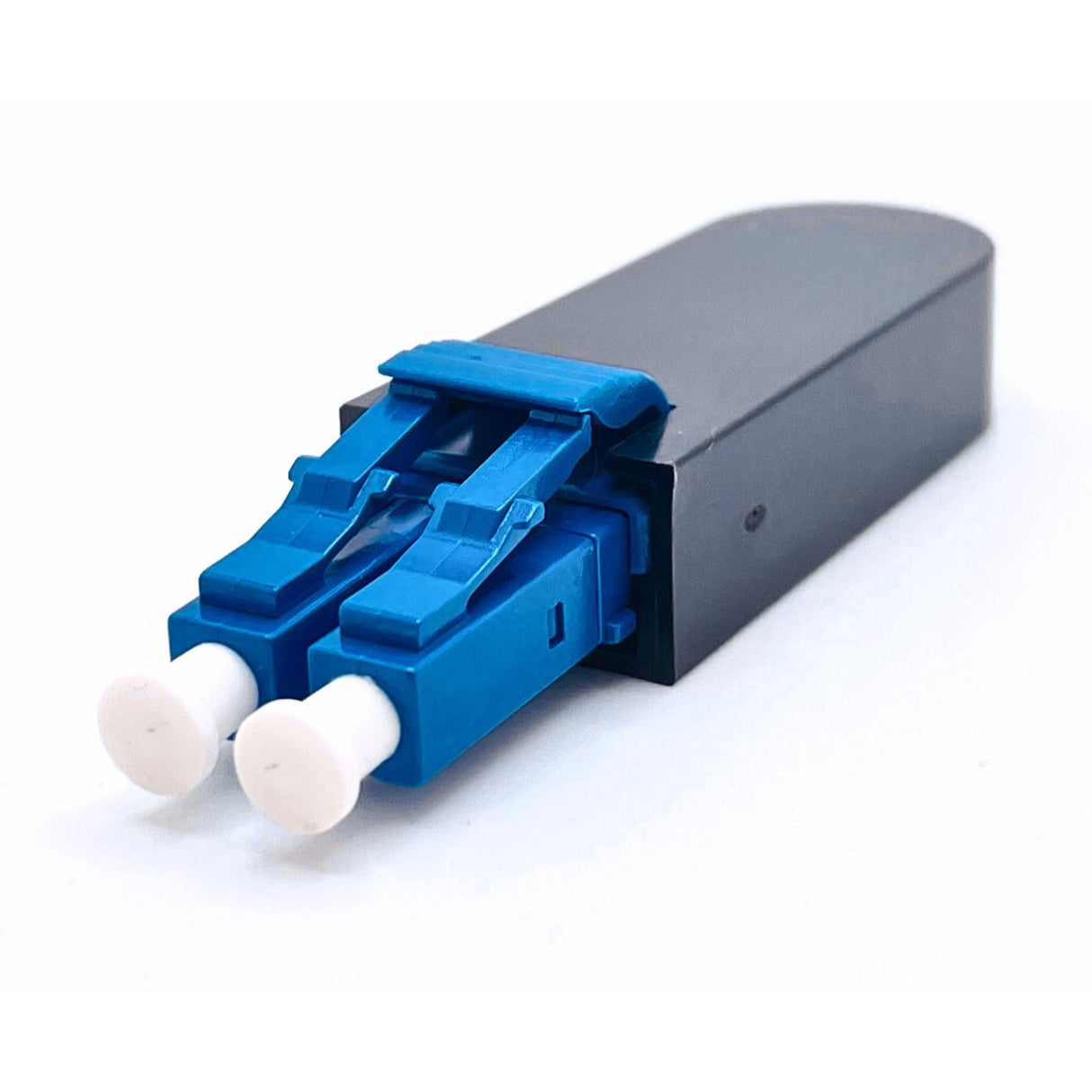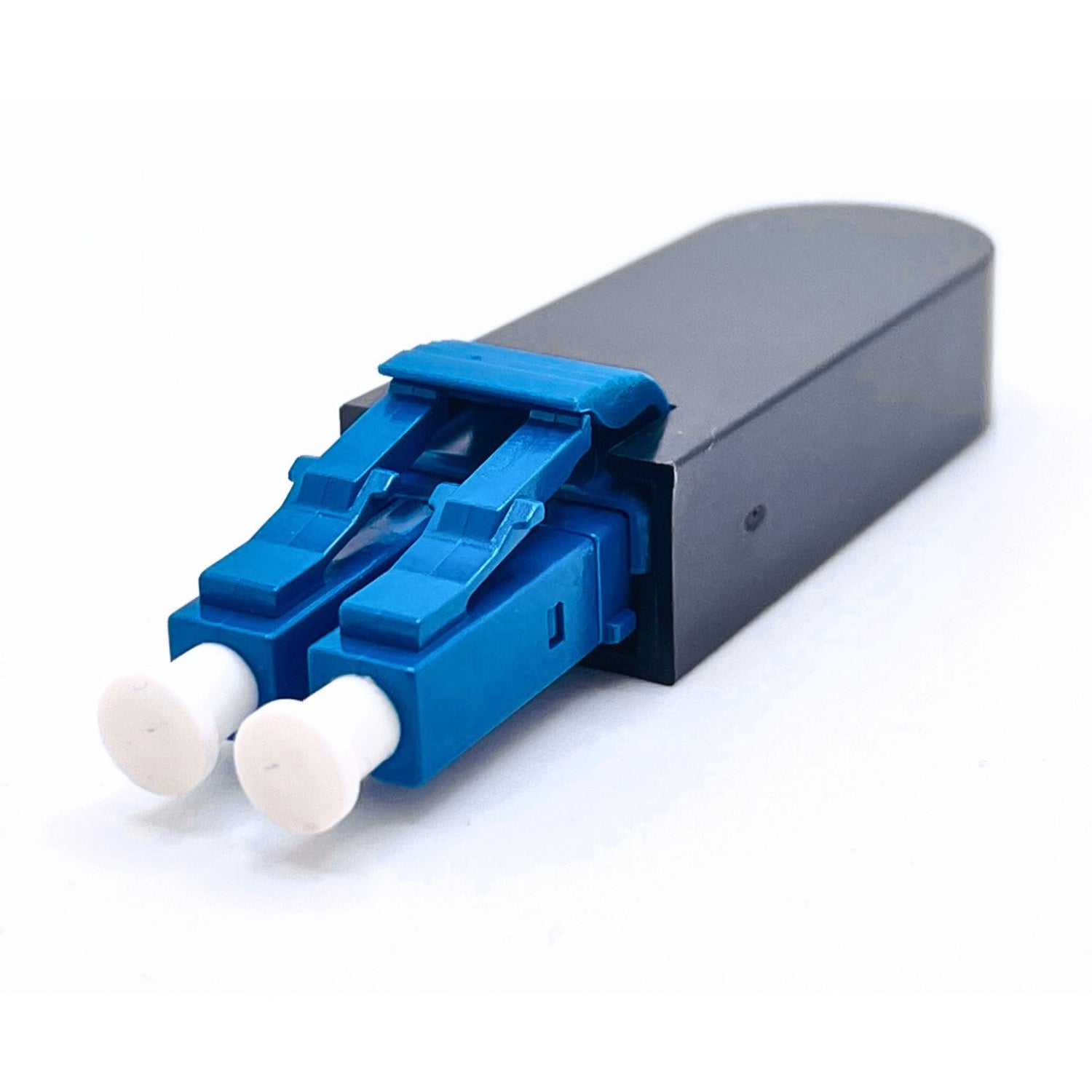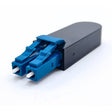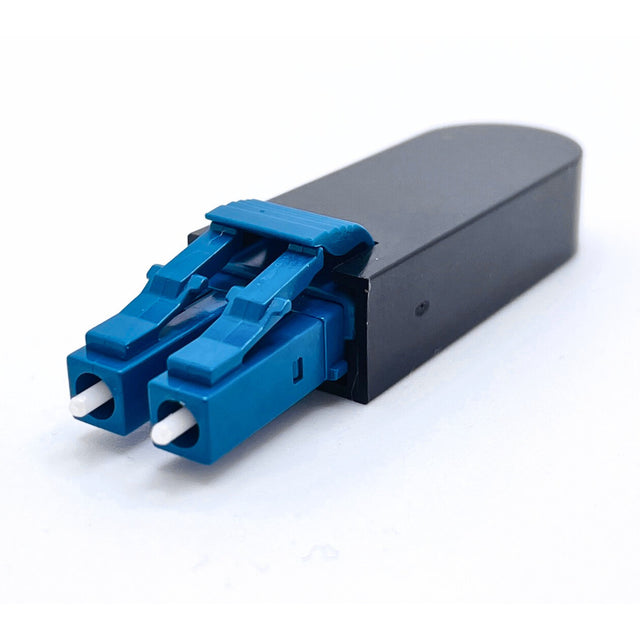LC/UPC Duplex PVC (OFNR) 9/125 Single Mode Fiber Loopback Module
LC/UPC Duplex PVC (OFNR) 9/125 Single Mode Fiber Loopback Module is backordered and will ship as soon as it is back in stock.
Couldn't load pickup availability
Support You'll Love
Support You'll Love
We stand behind all of our products
Delivery and Shipping
Delivery and Shipping
Fast Shipping. Most in-stock orders ship same day. We know you need your products to stay connected.
Need Custom Cables?
Get a quote using our custom assembly cable calculator.
Description
Description
LC/UPC Duplex Single Mode Fiber Loopback Module
The LC/UPC Duplex PVC (OFNR) 9/125 Single Mode Fiber Loopback Module is a vital component for network diagnostics and equipment testing, providing a precise and low-loss signal path to verify optical network performance effectively.
Featuring LC/UPC connectors and 9/125 single-mode fiber, this loopback module ensures accurate alignment and minimal attenuation. Its durable PVC (OFNR) flame-retardant jacket offers safe operation in riser-rated environments, making it ideal for data centers and telecommunications.
Key Features
- LC/UPC duplex connectors for secure and precise connections
- 9/125 single-mode fiber for low-loss signal transmission
- Designed for optical network diagnostics and equipment testing
- PVC (OFNR) flame-retardant jacket for riser-rated safety compliance
- Reliable performance in data centers, telecom, and fiber optic systems
- Efficient tool for network troubleshooting and system validation
- Compact design for easy integration in testing environments
What is the purpose of an LC/UPC Duplex Fiber Loopback Module?
This loopback module is used for network diagnostics and equipment testing, allowing technicians to verify optical network performance by providing a controlled signal path.
Why choose a 9/125 single-mode fiber loopback module?
The 9/125 single-mode fiber offers minimal signal loss and optimal alignment, making it suitable for long-distance and high-precision network testing applications.
Is the LC/UPC loopback module safe for riser-rated installations?
Yes, its PVC (OFNR) flame-retardant jacket complies with riser-rated safety standards, ensuring safe use in vertical pathways within commercial buildings.
Where is this fiber loopback module commonly used?
It is commonly used in data centers, telecommunications networks, and fiber optic systems for equipment testing, troubleshooting, and system validation tasks.
![]()

